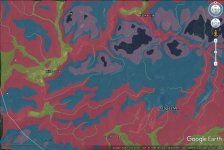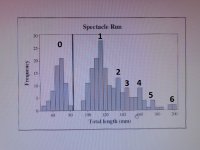TimMurphy
Well-known member
- Joined
- Sep 9, 2006
- Messages
- 2,924
jifigz wrote:
That there is the honest to God truth!
Especially when both are wrapped in pancetta and grilled in garlic butter! ;-)
But seriously, I never took to small stream fishing for brookies. I did enough of it to know it's not my bag. I've had fun doing it, and I've caught some really nice ones over the years. The key to success is to go a day or two after a turd floating rain and fish them on the drop with streamers, and not size 14, I'm talking 6's and 8's.
But that's not the real reason I don't like tiny streams. Anyone who know me personally knows that I'm big enough to stop most small blues lines from flowing just by sticking my foot in them.
Regards,
Tim Murphy






